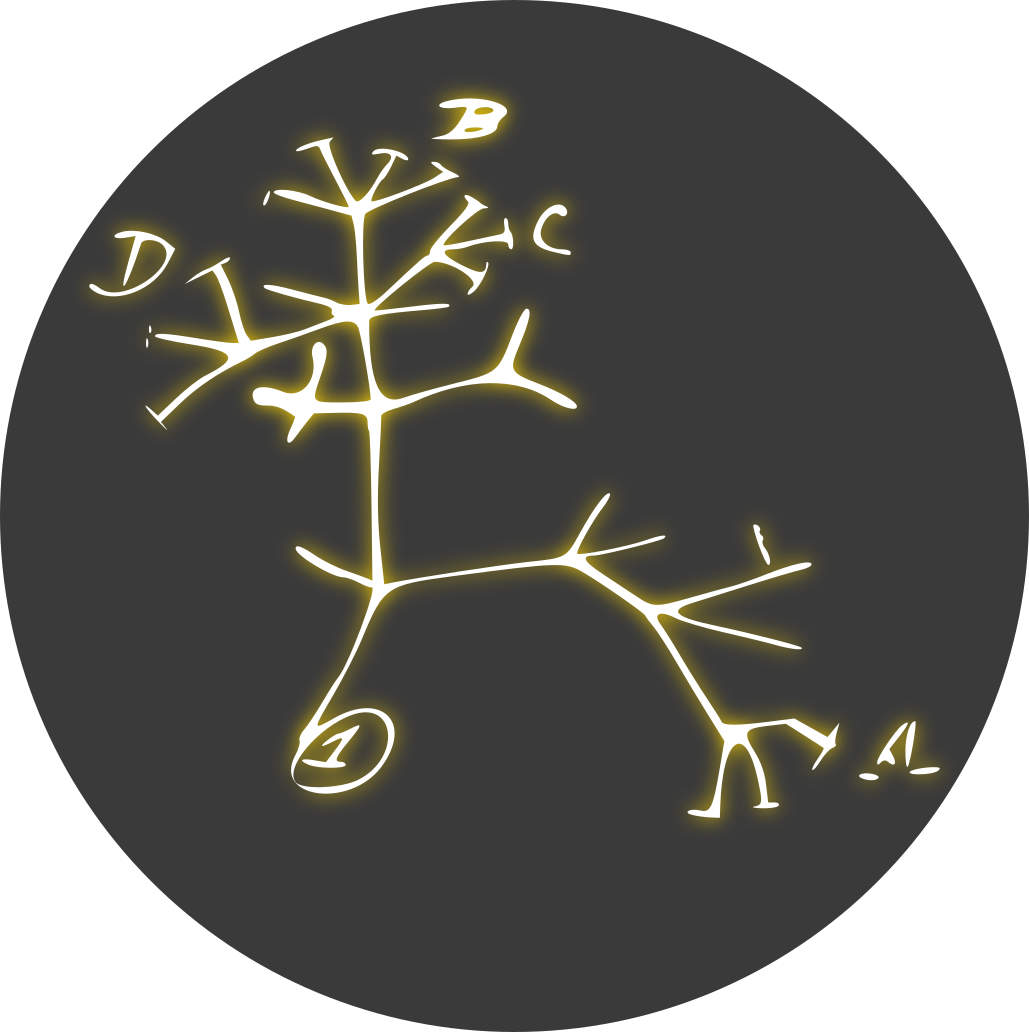Abstract
The unique symbiosis between a vertebrate salamander, Ambystoma maculatum, and unicellular green alga, Oophila amblystomatis, involves multiple modes of interaction. These include an ectosymbiotic interaction where the alga colonizes the egg capsule, and an intracellular interaction where the alga enters tissues and cells of the salamander. One common interaction in mutualist photosymbioses is the transfer of photosynthate from the algal symbiont to the host animal. In the A. maculatum–O. amblystomatis interaction, there is conflicting evidence regarding whether the algae in the egg capsule transfer chemical energy captured during photosynthesis to the developing salamander embryo. In experiments where we took care to separate the carbon fixation contributions of the salamander embryo and algal symbionts, we show that inorganic carbon fixed by A. maculatum embryos reaches 2% of the inorganic carbon fixed by O. amblystomatis algae within an egg capsule after 2 h in the light. After 2 h in the dark, inorganic carbon fixed by A. maculatum embryos is 800% of the carbon fixed by O. amblystomatis algae within an egg capsule. Using photosynthesis inhibitors, we show that A. maculatum embryos and O. amblystomatis algae compete for available inorganic carbon within the egg capsule environment. Our results confirm earlier studies suggesting a role of heterotrophic carbon fixation during vertebrate embryonic development. Our results also show that the considerable capacity of developing A. maculatum embryos for inorganic carbon fixation precludes our ability to distinguish any minor role of photosynthetically transferred carbon from algal symbionts to host salamanders using bicarbonate introduced to the egg system as a marker.

